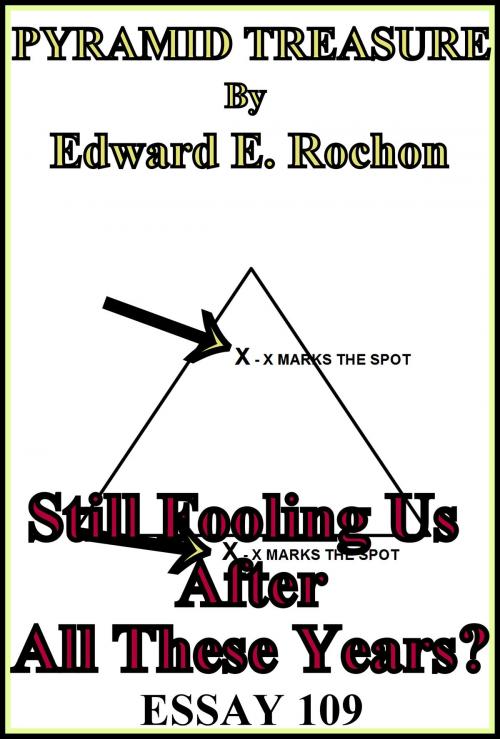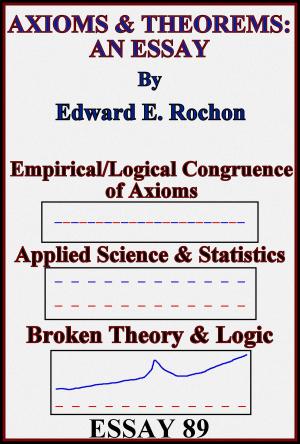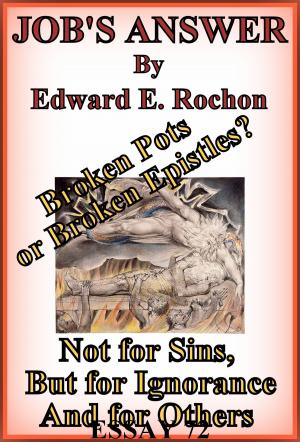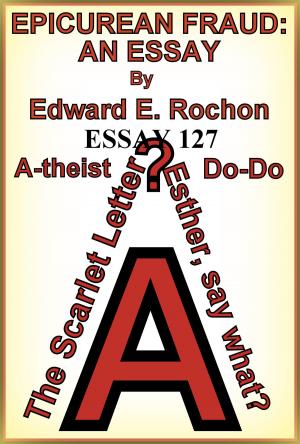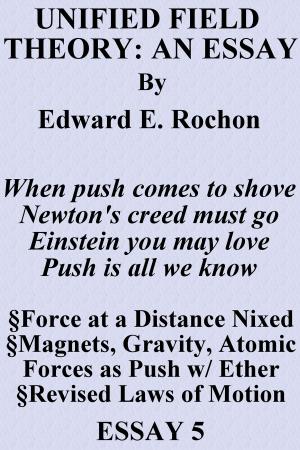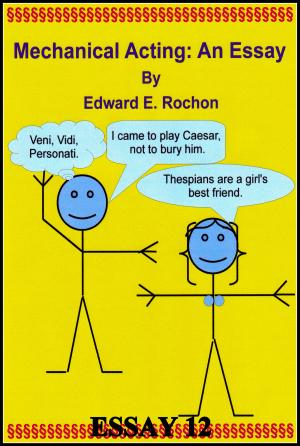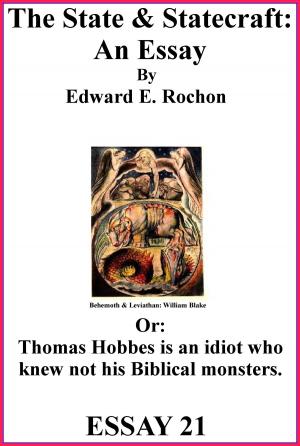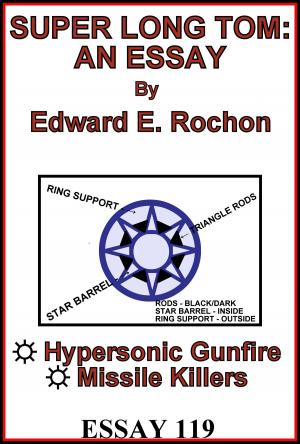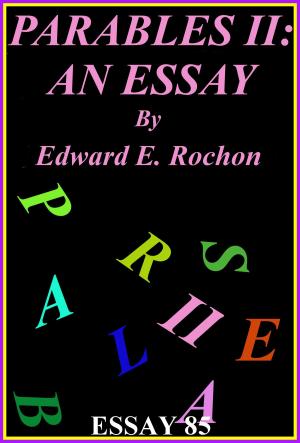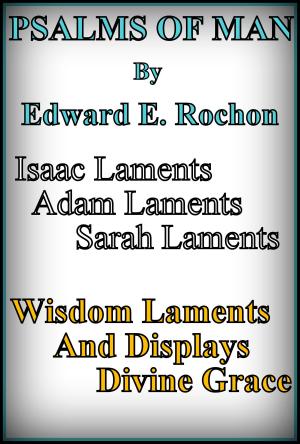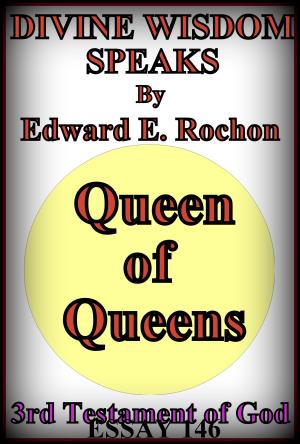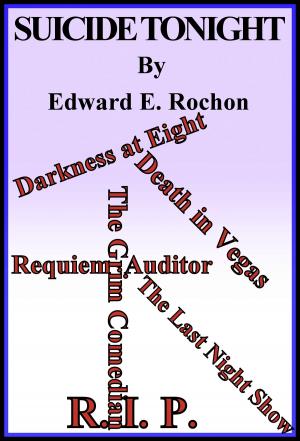Pyramid Treasure
Nonfiction, History, Ancient History, Egypt, Social & Cultural Studies, Social Science, Archaeology| Author: | Edward E. Rochon | ISBN: | 9781370509010 |
| Publisher: | Edward E. Rochon | Publication: | October 4, 2016 |
| Imprint: | Smashwords Edition | Language: | English |
| Author: | Edward E. Rochon |
| ISBN: | 9781370509010 |
| Publisher: | Edward E. Rochon |
| Publication: | October 4, 2016 |
| Imprint: | Smashwords Edition |
| Language: | English |
A brief preface notes the fascination of men for pyramids in Egypt. Chapter 1 discusses some of these various theories of Giza: time capsules with prophecies, power generators and the ever popular tomb of the Pharaohs. I go with the tombs theory, noting that no clear proof of a successful raiding of the Great Pyramid of Giza has been found, or at any of the other sites (pyramids not Egyptian tombs in general.) I suggest the long corridors of the Great Pyramid are red herrings to divert raiders from the burial chamber. Chapter 2 supposes that the treasure room is either high up or low down in the pyramid, perhaps beneath it. I offer some reasons why the architects would place the room high and why low. It has to do with the size of the room for so many artifacts buried with a great king, and the need to deal with overhead weight load on the ceiling of the room. The bedrock offers support for a subterranean chamber, and the early construction would hide its construction from prying eyes. Chapter 3 offers why Egypt should recommence probing the great pyramids: revenues from TV, more valuable artifacts and compensating Egypt for the heavy workload placed on their ancestors. These weights can burden descendants down through the ages.
A brief preface notes the fascination of men for pyramids in Egypt. Chapter 1 discusses some of these various theories of Giza: time capsules with prophecies, power generators and the ever popular tomb of the Pharaohs. I go with the tombs theory, noting that no clear proof of a successful raiding of the Great Pyramid of Giza has been found, or at any of the other sites (pyramids not Egyptian tombs in general.) I suggest the long corridors of the Great Pyramid are red herrings to divert raiders from the burial chamber. Chapter 2 supposes that the treasure room is either high up or low down in the pyramid, perhaps beneath it. I offer some reasons why the architects would place the room high and why low. It has to do with the size of the room for so many artifacts buried with a great king, and the need to deal with overhead weight load on the ceiling of the room. The bedrock offers support for a subterranean chamber, and the early construction would hide its construction from prying eyes. Chapter 3 offers why Egypt should recommence probing the great pyramids: revenues from TV, more valuable artifacts and compensating Egypt for the heavy workload placed on their ancestors. These weights can burden descendants down through the ages.
